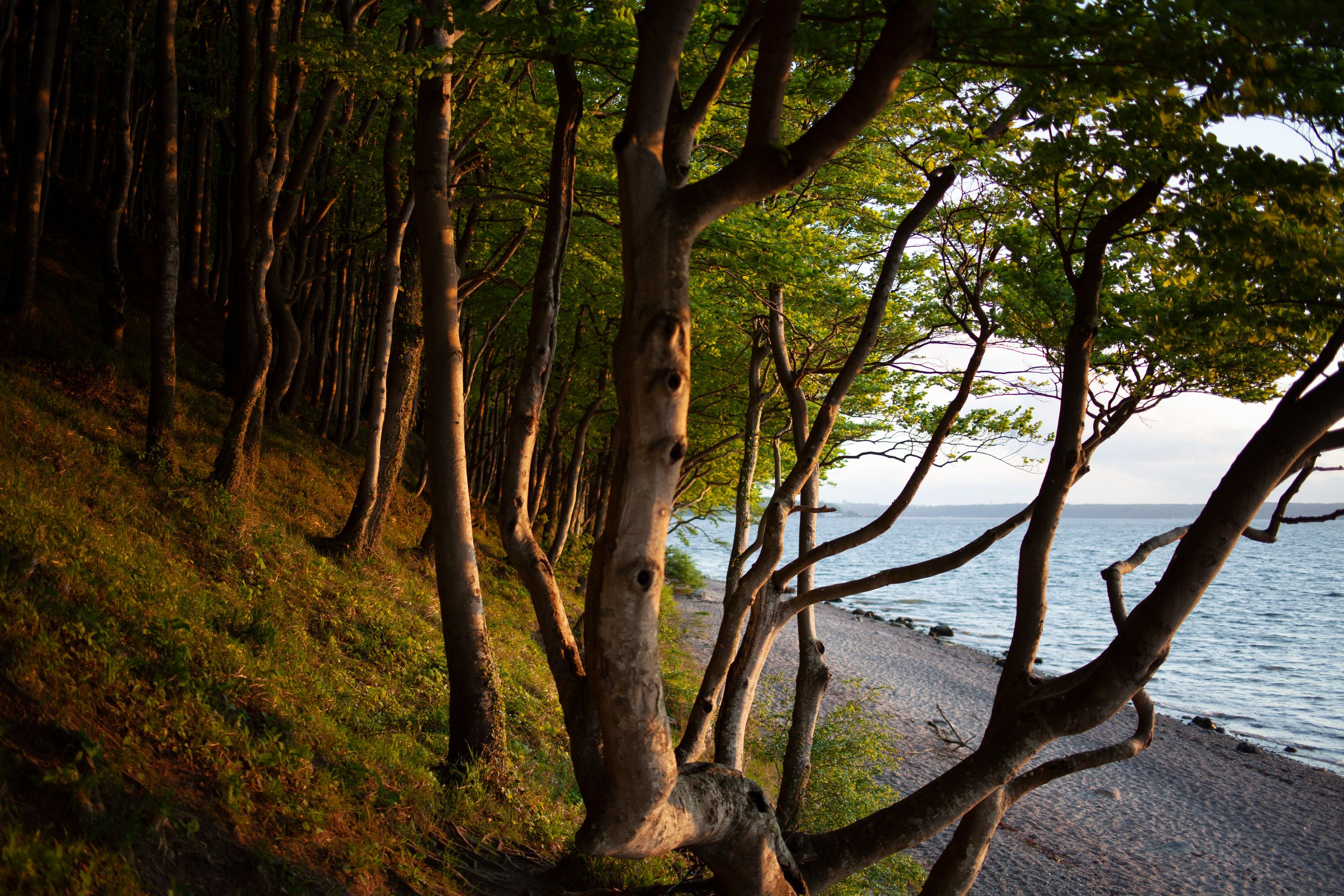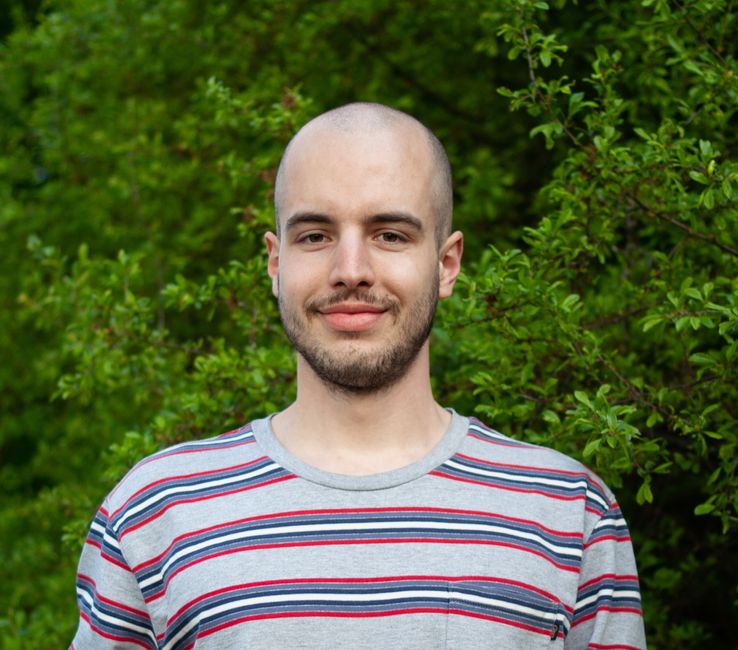05/04/23
発行済み: 22.04.2023
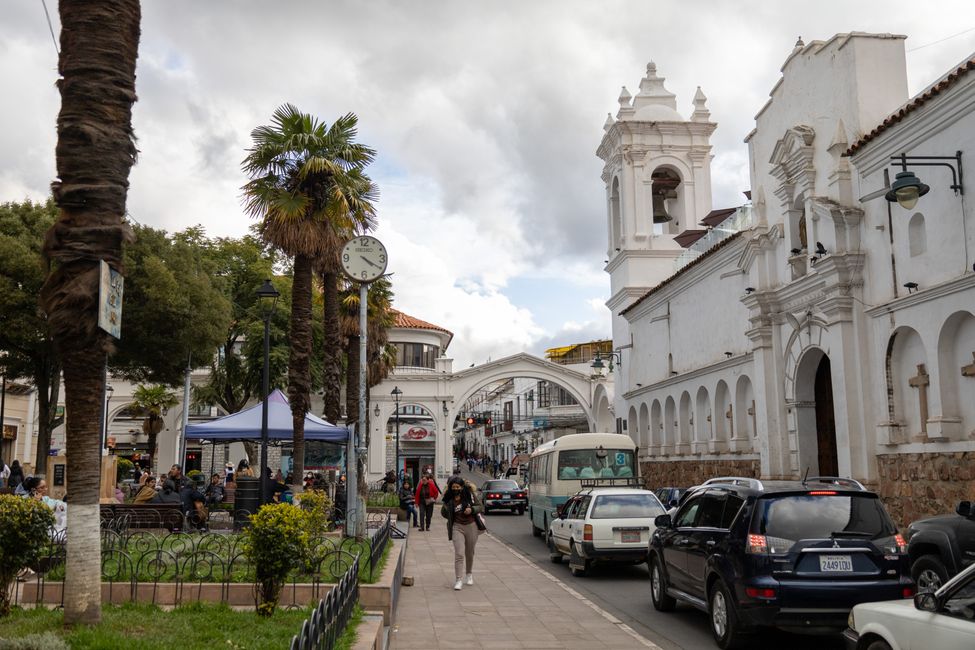
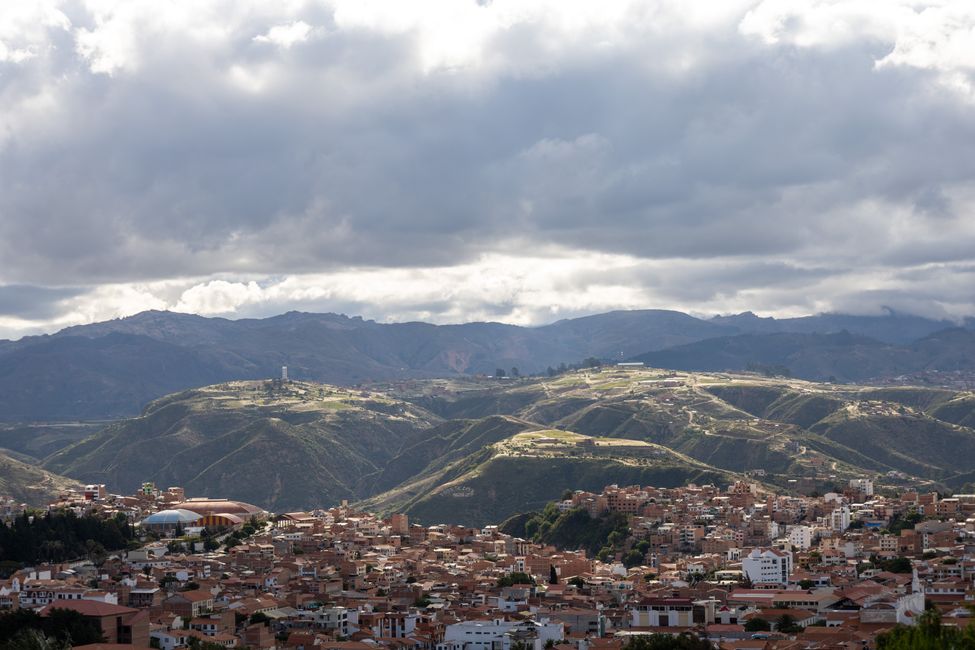
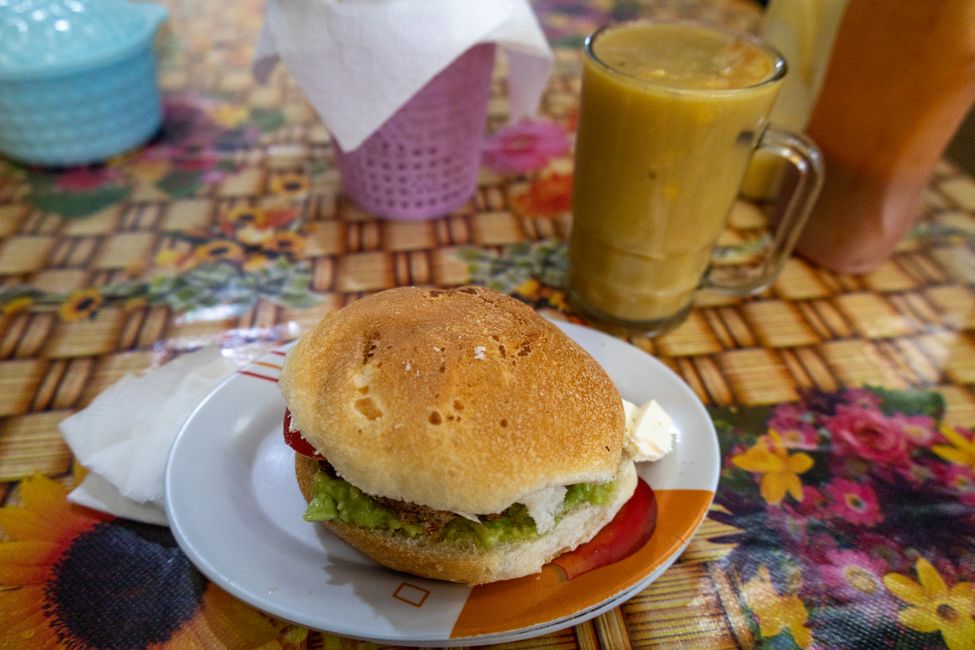
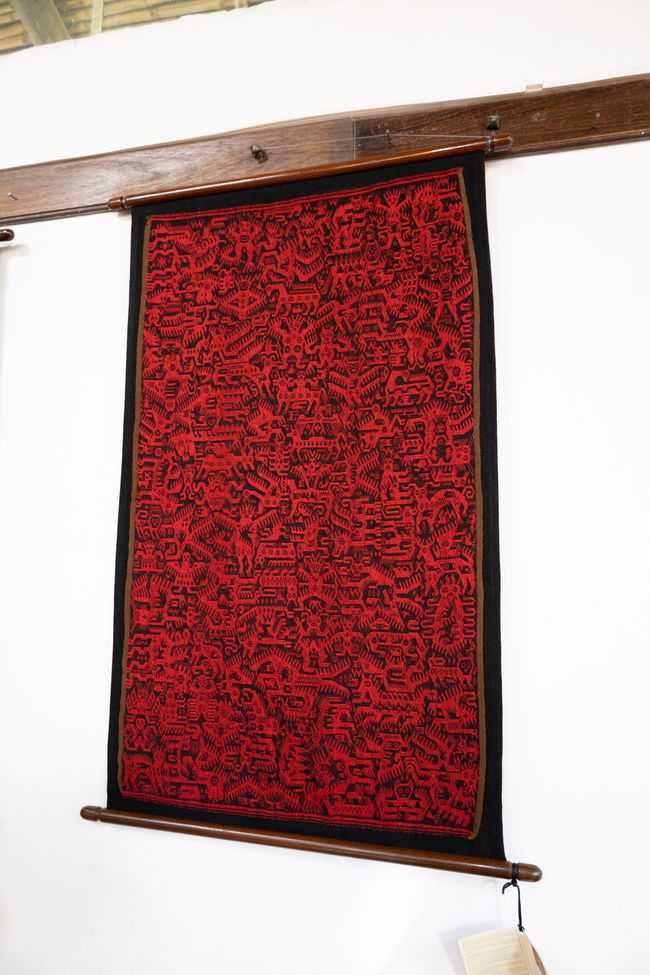
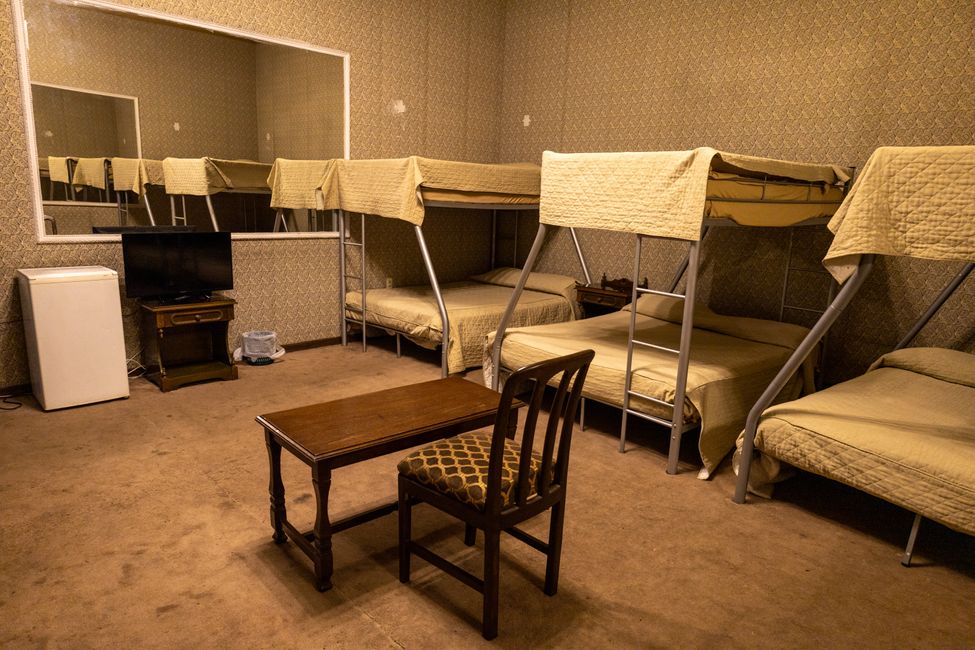
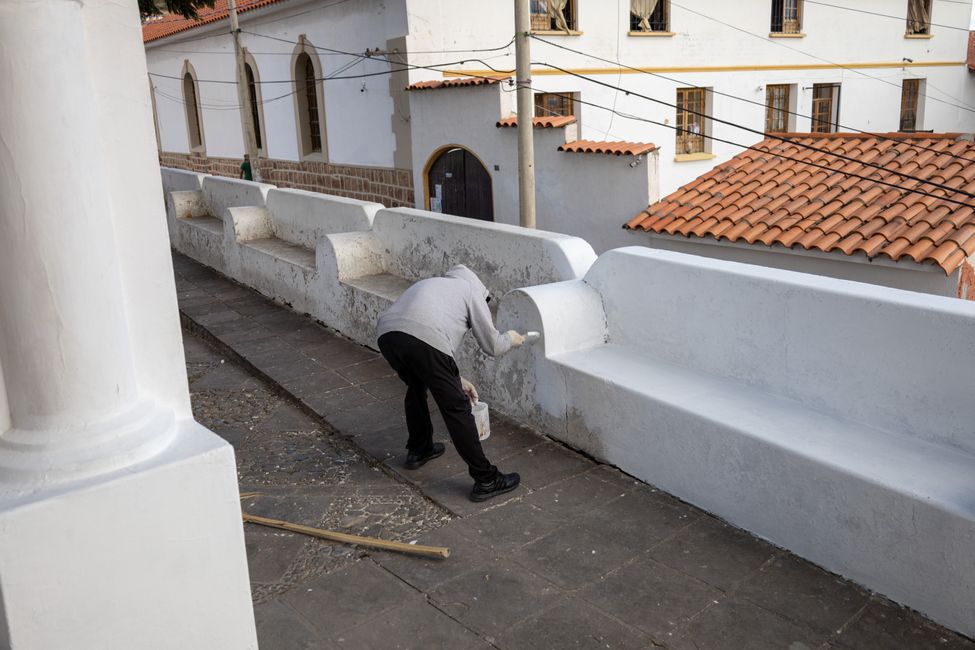
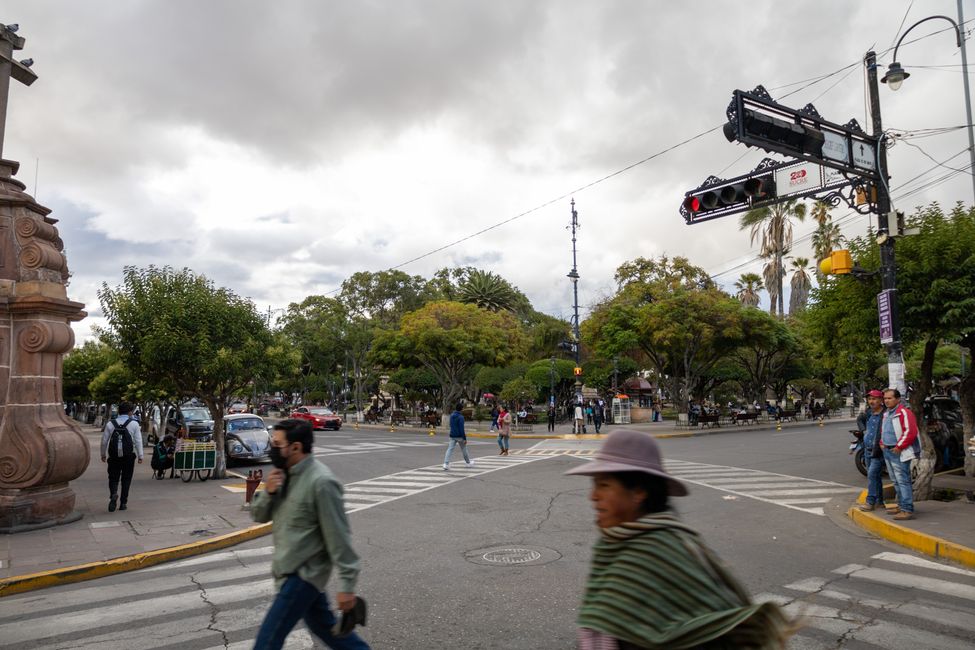
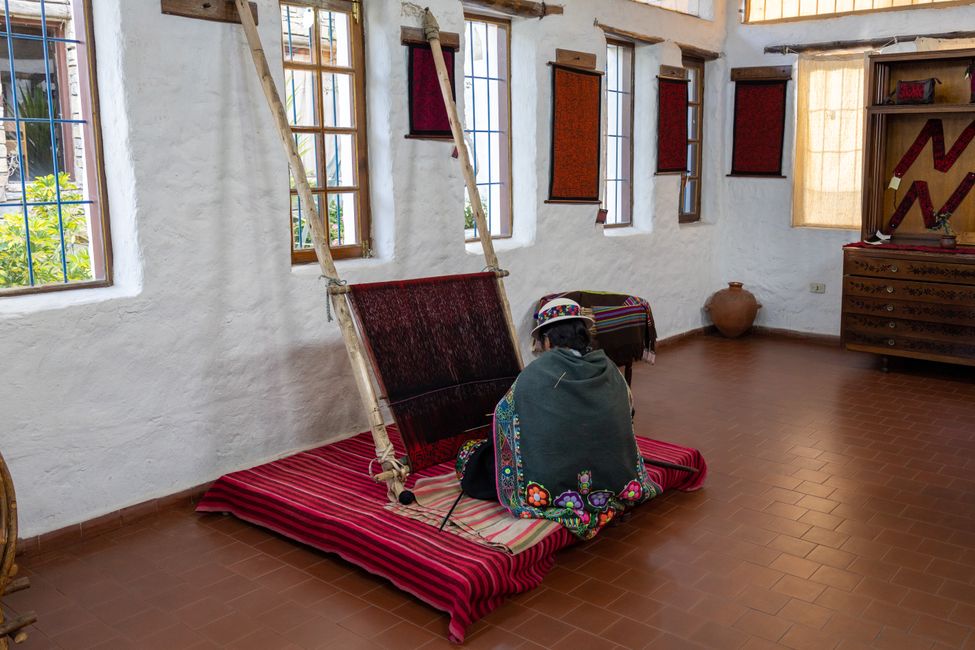
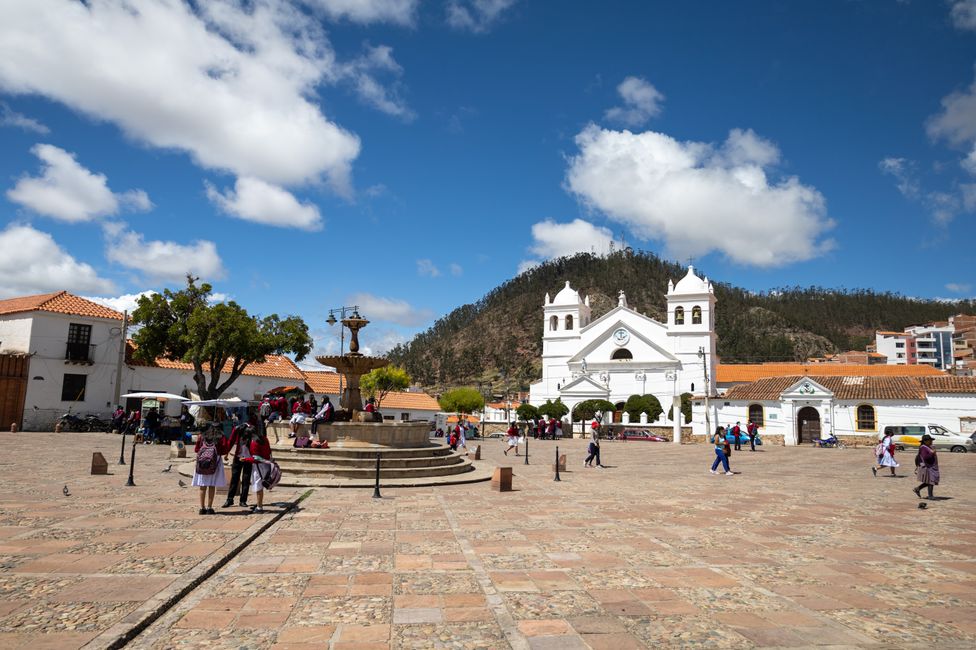
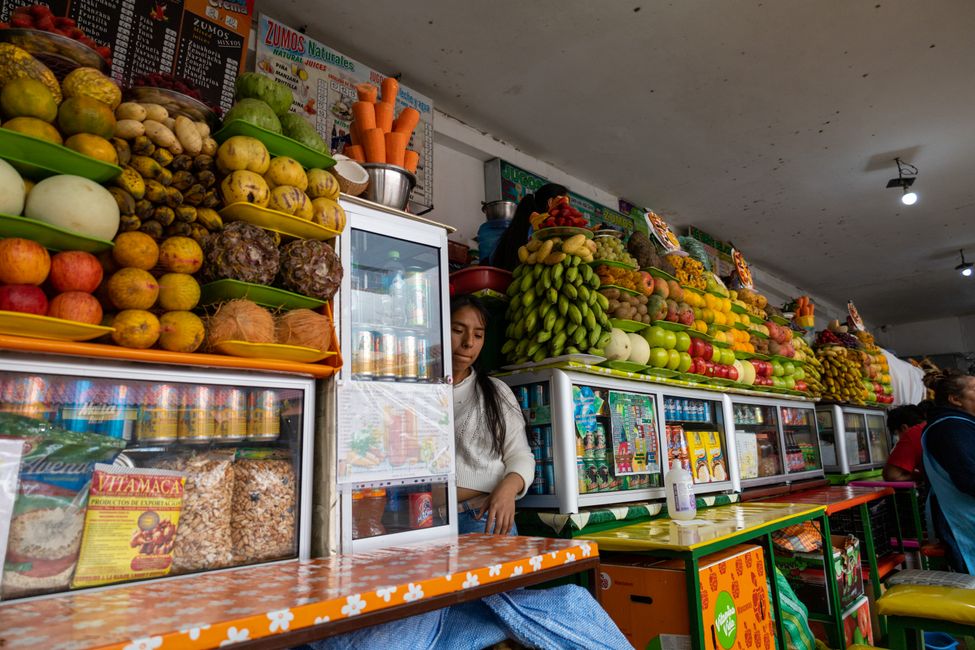
ニュースレターを購読します
At 6:30 am, I arrive in Sucre, the white city, in the drizzling rain.
I walk through a minefield of dog droppings to get to the center. It's supposed to be the cleanest city in Bolivia, as the hostel owner in Uyuni raved about it.
Fortunately, I can check in early at the luxurious four-star Capital Plaza Hotel, a European-style building located right on Plaza 25 de Mayo, the main square.
But I didn't treat myself to a suite, I'm staying in a twelve-bed room. The room is huge and there's no one else here.
After two hours of much-needed sleep, I walk up to La Recoleta hill, which offers a view of the city that has largely been spared from skyscrapers.
I visit the Museum of Indigenous Art, where various textile arts are exhibited, as well as some historical objects from Inca and Tiawanaku (Tiwanaku was the first highly developed Andean culture, which ruled the Andean highlands, parts of Chile, Peru, and Argentina for over 1000 years and existed parallel to the Inca).
I really like the almost psychedelic patterns of the fabrics, they remind me a bit of M.C. Escher.
Life in Sucre is relaxed, and the city is considered one of the safest in South America. Many people here wear masks, and there's an abundance of schoolchildren in uniforms. It feels like half the city is made up of children. Unfortunately, the cheese empanadas are just as dry as in Uyuni.
At the Central Market, a multi-story market, there are all kinds of exotic fruits that are freshly squeezed. I have an avocado-egg sandwich with pineapple-orange juice and drink Tojori, a typical Bolivian thick hot drink made from corn and flavored with gingerbread-like spices such as anise and cinnamon.
Back in my private twelve-bed room, I watch Bolivian television. The commercials are visually similar to German commercials in 2008.
ニュースレターを購読します
答え

旅行レポートボリビア
